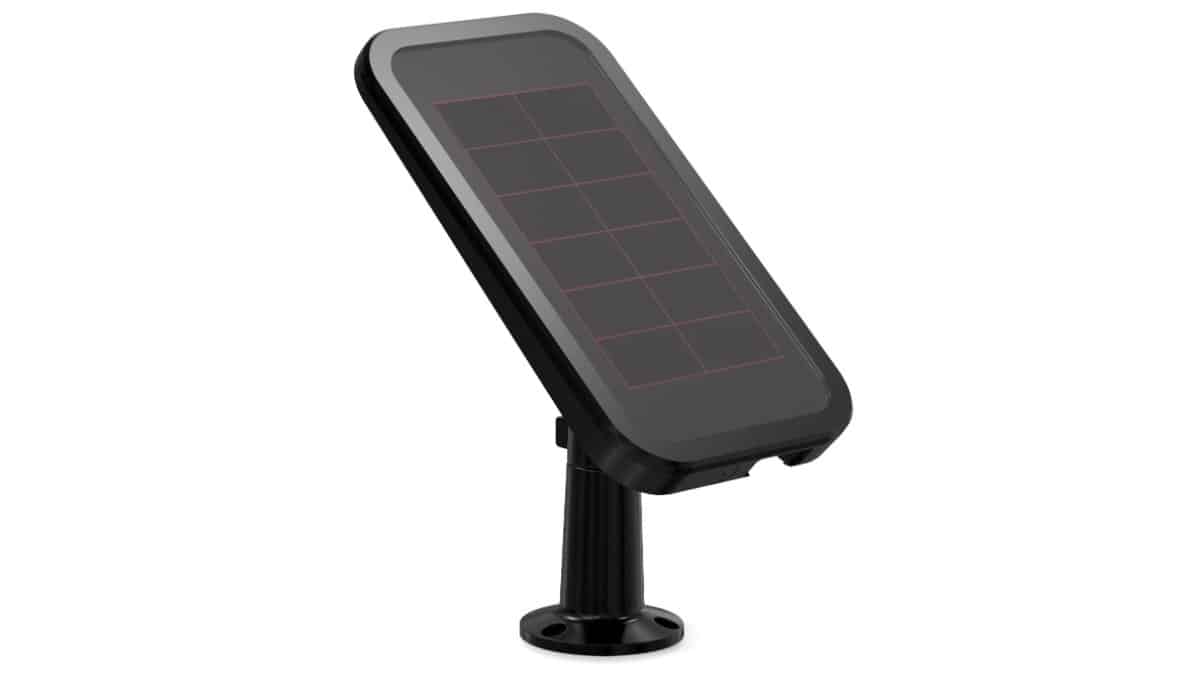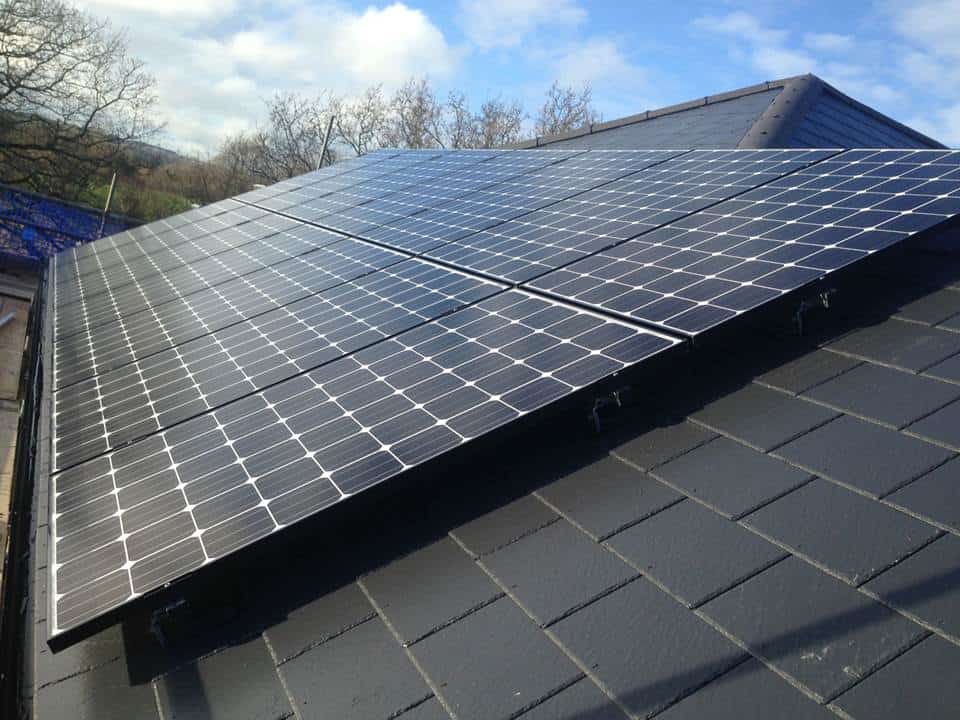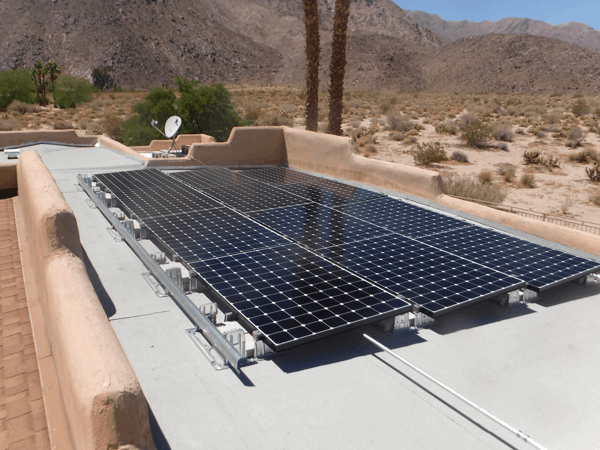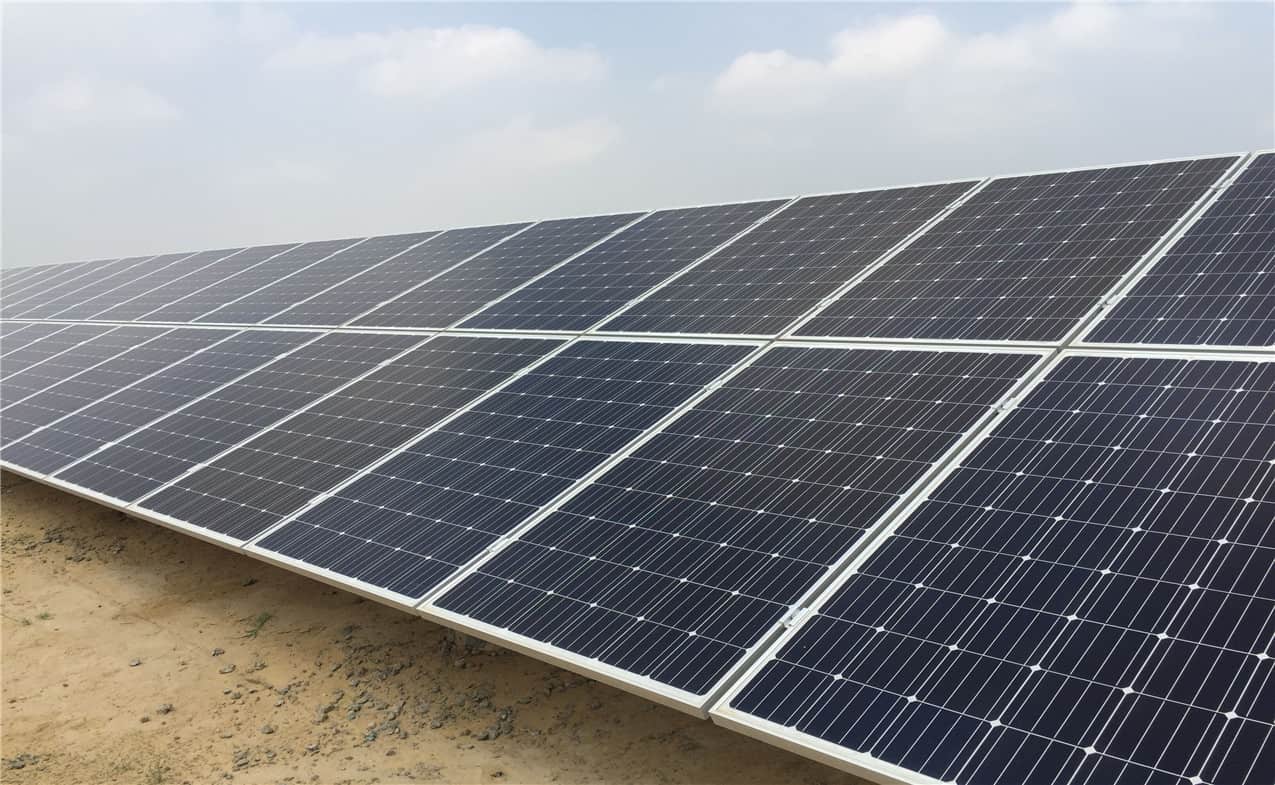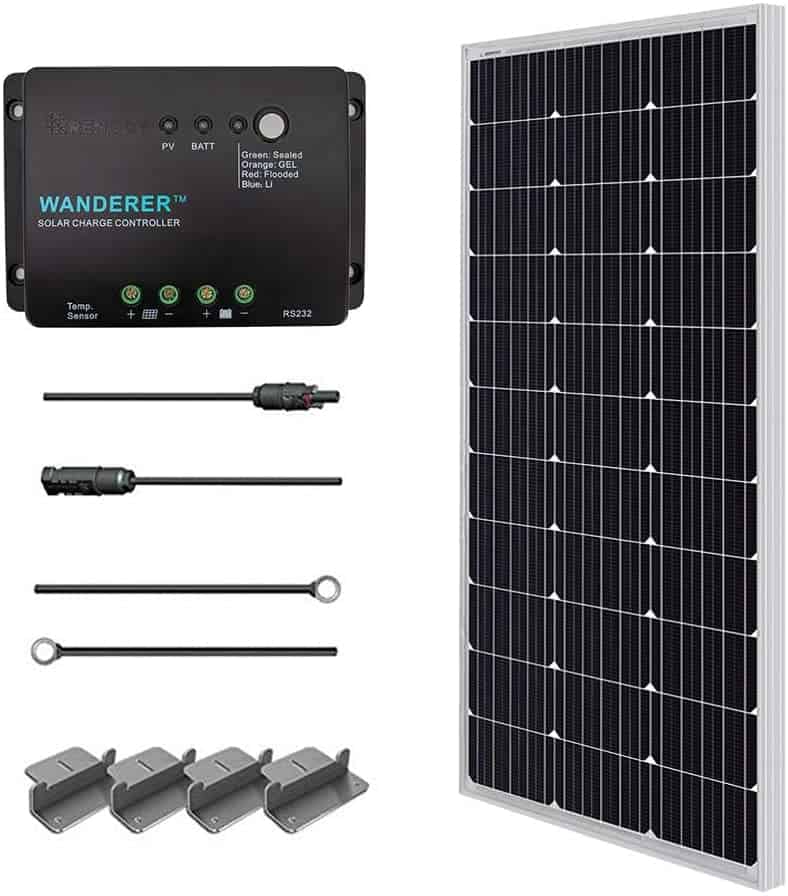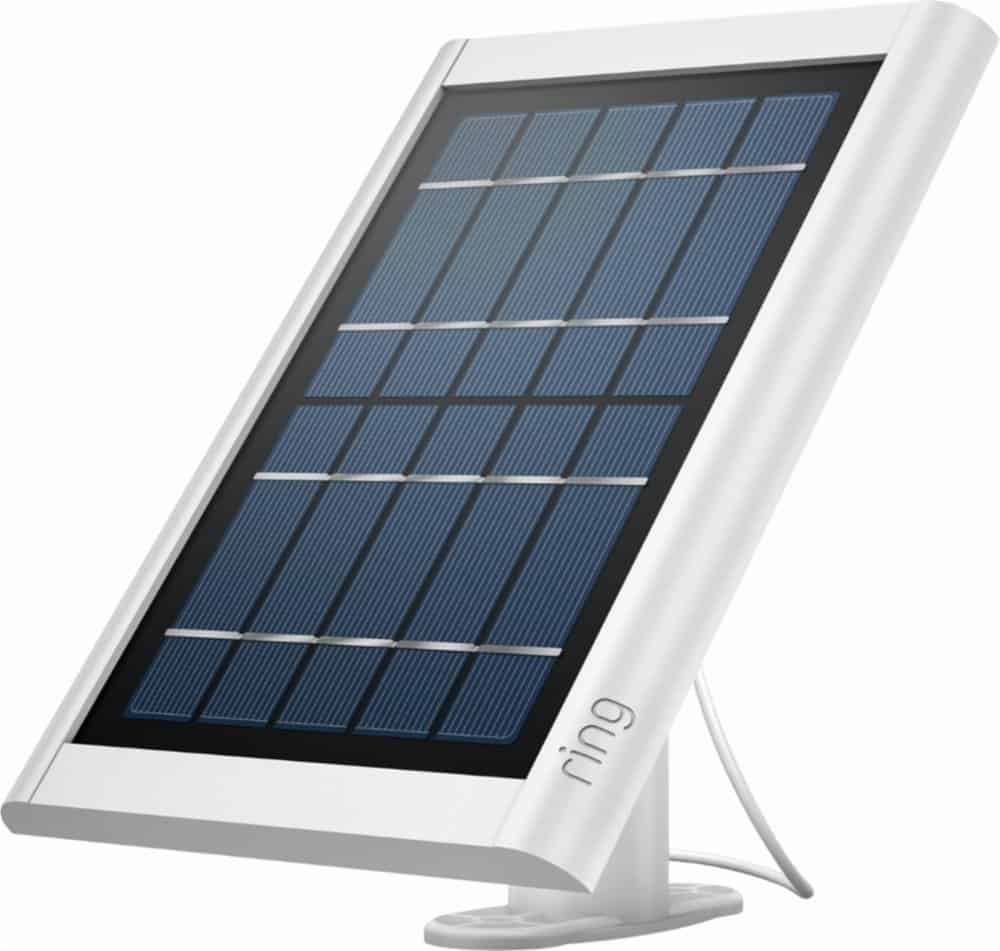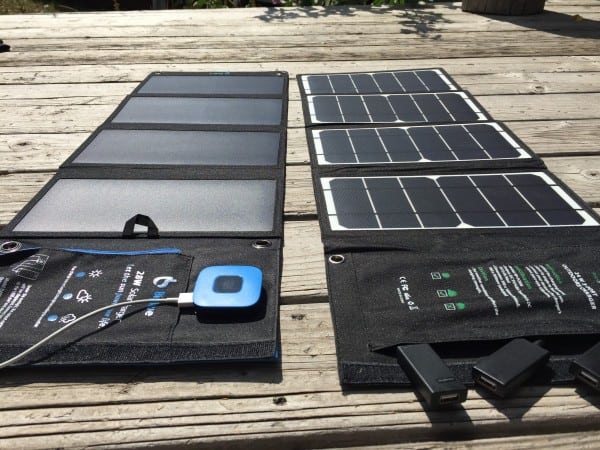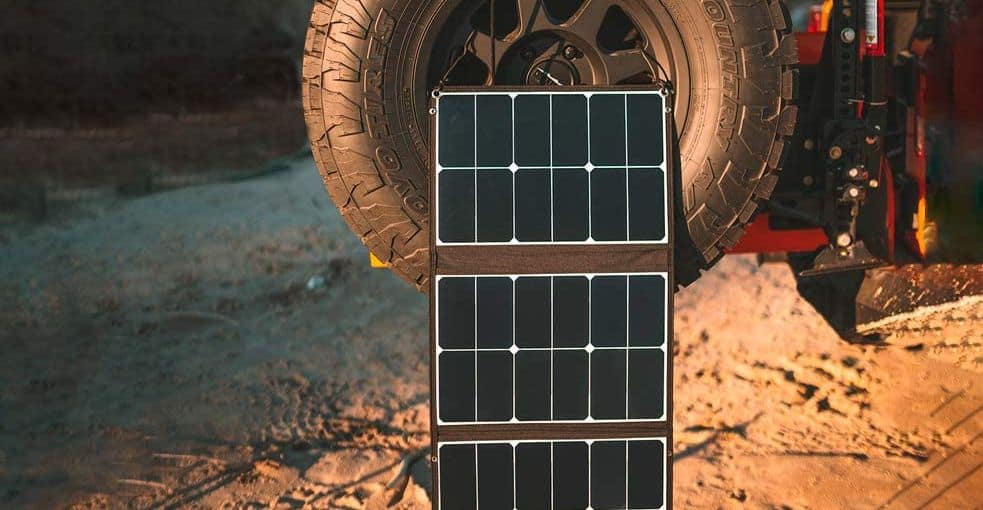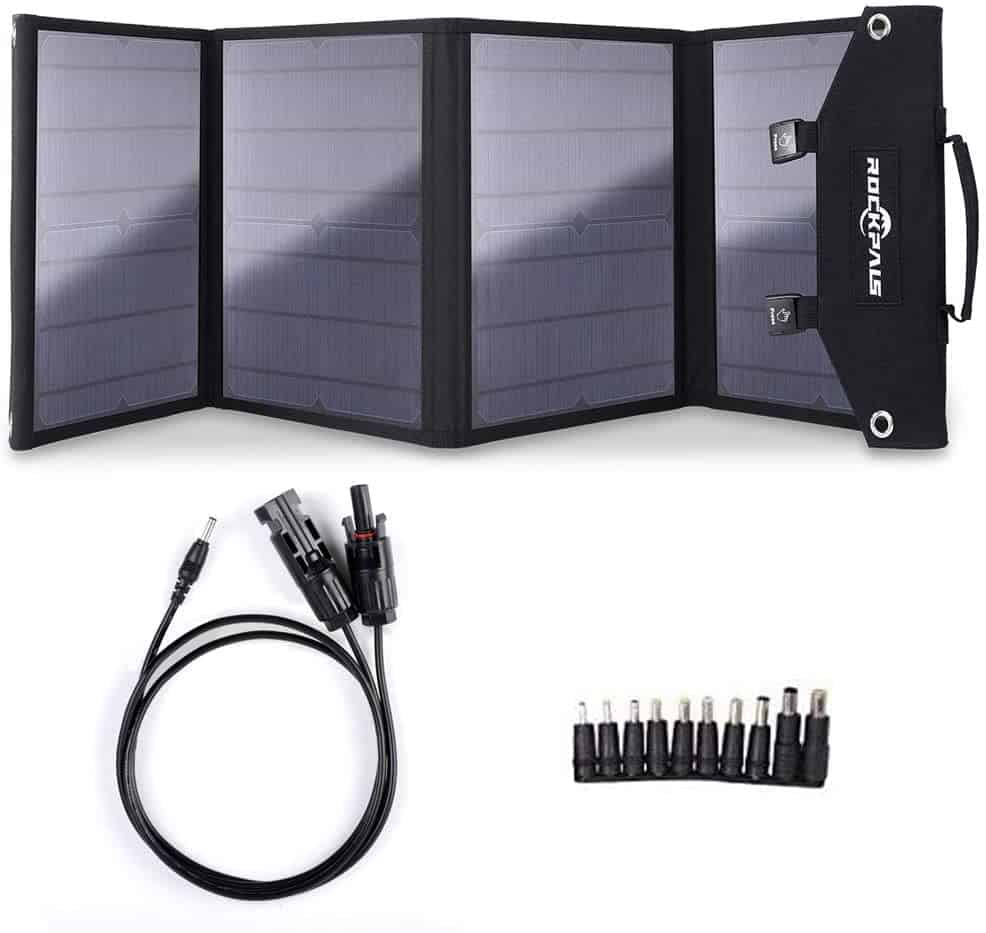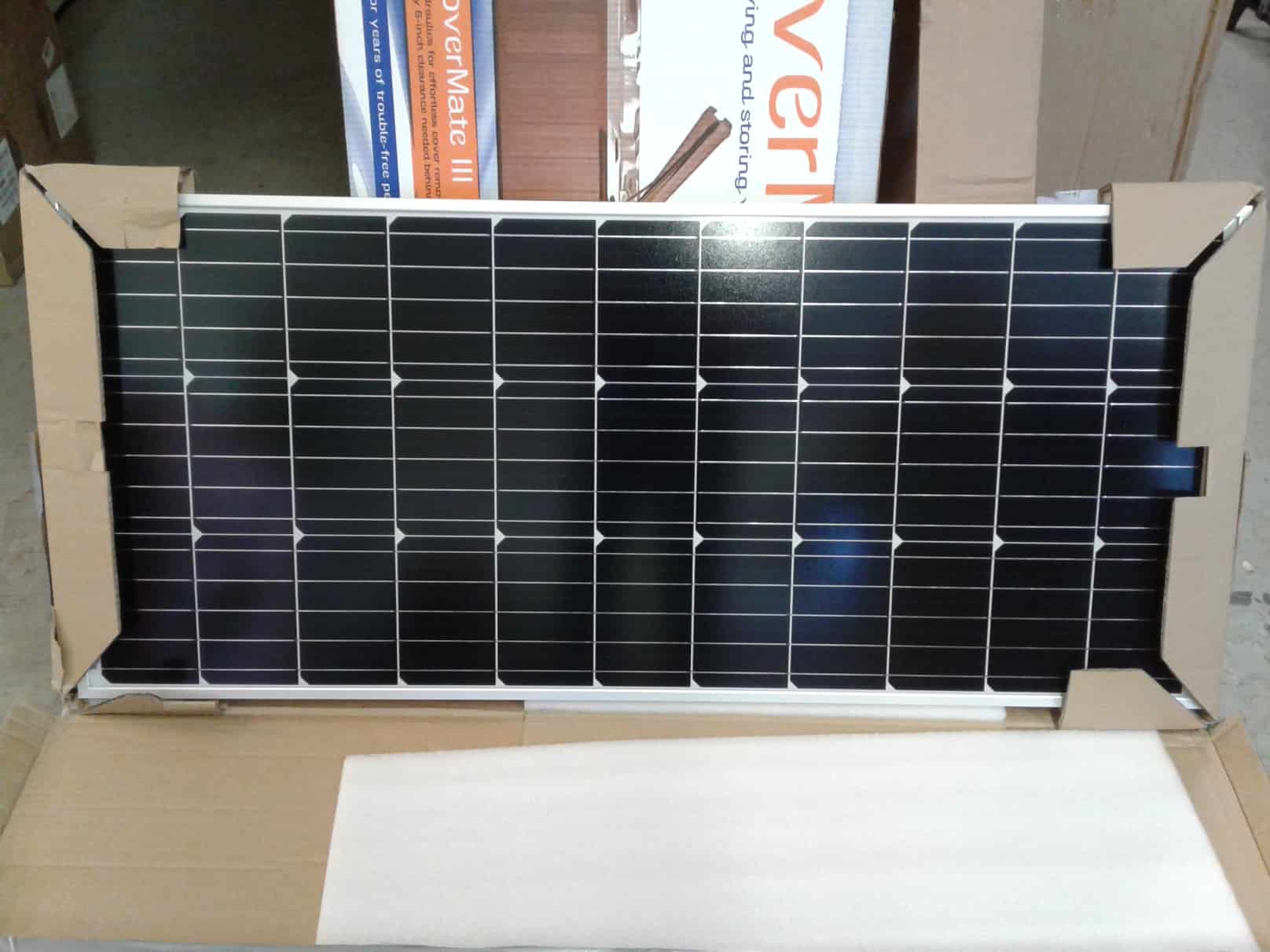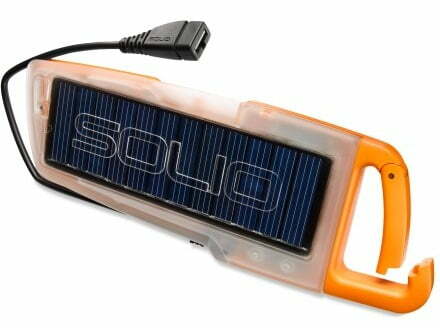Recreational vehicles consume a lot of power, but if you have one of the best RV solar panels installed you can mitigate a lot of it. Solar panels offer a clean, quiet, and renewable source of energy no matter where your RV is parked. For that reason, we have spent over 10 hours researching the best RV solar panel, and out of everything on the market, we’ve chosen the top 7 as the best solar panels.
We elected to stay within the 100-watt panel range because they provide plenty of energy — enough to power most RV setups — at a reasonable price. All panels on this list are suitable for outdoor use, with a couple of them able to withstand even extreme weather. Also, almost all of them are ready to go out-of-the-box, meaning you don’t need much else save a battery for storage.
The panel that stands out the most, and our #1 pick, is the Renogy 100 watt Monocrystalline Solar Panel. It folds up nicely like a suitcase, which makes it easier to stow or carry. Of course, there are several other panels to consider. Keep reading to learn all about the panels that earned a spot on our list.
Top 7 Best RV Solar Panels Compared
#1 Renogy 100 Watt Monocrystalline Solar Panel Suitcase
Award: Top Pick
WHY WE LIKE IT: Renogy’s solar panel delivers the same 100W power output as one double its physical size and folds up nicely for easy storage and transport. This makes a huge difference when you’re on the go – seasoned travelers will love it.
- Easy to set up & use and lightweight at 13.6 pounds
- Folds up like a suitcase
- Corrosion-resistant design
- LED display is rather dim on the controller but it means it uses less power
- It has the highest price out of anything else on the list
The Renogy 100-watt Monocrystalline Solar Panel sits at the top of the list primarily because of its unique design. While most panels are nothing more than a flat single or dual panel setup, this Renogy model folds up like a suitcase. Even though it’s bulky while folded up, the panel is still much easier to store or transport. When you’re traveling the open road, or out in the wilds, that makes a big difference. Speaking of the road, read our DirecTV vs. DISH for RV’s: Satellite TV for your Mobile Home article.
This is a whole solar power system incorporated inside one small package. The solar system includes two 50 watt Monocrystalline solar panels which open up to provide more capture space. An aluminum stand folds out so that you can prop up the panel easily. You can attach gel, sealed, lithium and flooded batteries to the panel to charge them up. A 10-foot tray with alligator clips provides a space for the battery to rest while solar charging. Under ideal conditions, the estimated output of this solar power system is 500 watts per day, on par with similarly sized panels. An attached — and waterproof — 20A charge controller helps prevent electric shock hazards during use. 20A is the standard for most charge controllers.
#2 Newpowa 100 Watt Polycrystalline Solar Panel
Award: Honorable Mention
WHY WE LIKE IT: Newpowa’s no-nonsense design means there’s very little to configure out-of-the-box thanks to a pre-installed junction box, diodes and an already attached 3-foot MC4 cable. Just plug it in and go. It also has the lowest price out of all panels on the list.
- Small size single panel that outputs 100 watts
- Cheapest price on the entire list
- Everything is pre-installed
- 25-year transferable power output warranty, the second best warranty on the list
- Sunlight must be hitting all 72 cells or power will drop
- Somereviewe have indicated that the polycrystalline cells could be brighter
Newpowa’s 100-watt solar panel comes with several pre-installed components including diodes, a junction box and a cable. That means you can set this solar system up out-of-the-box with relatively little to configure. Generally, these components would need to be purchased and configured separately. Newpowa’s solar power panel eliminates a lot of that, making it ideal even for inexperienced solar users.
A single panel will contribute the same amount of power as our #1 pick, (the Renogy), albeit under ideal conditions. Which is to say sunlight must be hitting all 72 cells contained within the panel, otherwise it will suffer a considerable output decrease. That aside, it’s an incredibly capable power source and will certainly sustain an RV and then some, especially when used alongside additional panels. Speaking of solar, check out the top 10 coolest solar vehicles.
#3 Winnewsun 100 Watt SunPower Monocrystalline Solar Panel
Award: Most Versatile
WHY WE LIKE IT: The Winnewsun solar panel has one of the most unique designs. It’s flexible and lightweight at just 6.5 pounds. Despite that, it offers the same 100-watt power output as the more solid panels. That’s why it’s been named the most versatile, as it’s suitable for a variety of applications — not just RV use. It would also work great on a boat, camping, on the roof of a trailer, or even in the bed of a truck. Its bendable structure means it can conform to any curved surface or edge.
- Flexible design means application is versatile
- Built-in grommets enables more install locations
- Junction box is water-resistant
- Super lightweight at 6.5 pounds, and the lightest on the list
- Does not come with charge controller
- Bendable design can make mounting a bit peculiar
The Winnewsun is just as capable as anything else mentioned here, but it employs a bendable design. If you’re talking about versatility and weight, this panel is the most unique. It can be flexed up to 30 degrees while remaining as effective as some of the others on our list; all of the other panels are solid, unbendable and must remain secure. Not all RVs or travel trailers have a flat roof. Many, in fact, have curved edges making it tough to mount a straight, solid panel. This bendable panel is the way to deal with it. It can flex or bend to fit the shape of the RV. Plus, it has got great customer service just in case you have problems with the panel.
That also makes this solar system kit ideal for other applications, too. You could install it on a boat, trailer, or even in the bed of a truck. Unfortunately, the Winnewsun panel does not come with a charge controller, but it does have a built-in junction box. The charge controller prevents against electric hazards when connected to a battery, essentially reducing the risk of overcharge. If you plan to use a battery backup, then you’ll need to get one. The junction box, on the other hand, helps reduce heat and increases panel efficiency. Six rust-free grommets are positioned around the edges of the panel to offer a relatively easy way to mount and secure it. It also has a water-resistant finish suitable for use in all-weather, including rain and snow. Now that your vehicle is energy efficient, take a look at the best RV mattress before you get on on the road.
#4 BougeRV 170 Watt Monocrystalline Solar Panel
Award: Best Value
WHY WE LIKE IT: With BougeRV’s 170-watt output capacity and high-conversion efficiency cells, it’s much more capable and can charge considerably faster than similar options. That means you need fewer panels overall to meet your power requirements. It’s higher capacity also places it at the top of the list for total output.
- The best and highest output at 170 watts
- Diodes are pre-installed in the junction box and it includes a 3-foot MC4 cable
- Great for snow and high winds
- Does not include a charge controller
The BougeRV panels stand out for several reasons. Primarily, the 170-watt output means that the panel will produce quite a bit more power than most of the other 100 watt panels. Even that minor difference can mean faster-charging cycles for batteries and added power overall. It also puts the BougeRV panel at the top of the rankings when it comes to power capacity. Almost all the other panels on this list offer a 100-watt output, and the next step up would be the 200-watt panels. The durable design allows the panel to withstand high-wind conditions and even heavy snow loads. If you’re traveling in colder climates that see more extreme weather the added resistance means you can still use this panel on your trip. If anything happens the 18-month warranty will ensure you can get a much-needed replacement.
Unfortunately, the BougeRV panel does not come with a charge controller so you will need to buy one separately if you’re planning to hook up a battery to the system. As a rule of thumb, you need a charge controller for solar panels that produce more than 5 watts of energy for every 100-amp-hours of battery capacity. It’s to protect the connected battery from overcharge issues. It does, however, have an integrated junction box with pre-installed diodes. Diodes are designed to let electric current flow in one direction. Generally, they work like a check valve in pipes. With solar panels, bypass diodes are the most important, and they are what’s used inside a junction box. It creates a path of low resistance so that solar energy stays away from any cells that are shaded or low performing. Ultimately, it minimizes heat gain and it reduces power loss making the panel more efficient.
#5 WindyNation 100 Watt Polycrystalline Solar Panel
Award: Best Value
WHY WE LIKE IT: WindyNation’s 100-watt solar panel kit includes everything you need to get started right out-of-the-box. We gave it the best value award because it’s a turn key solution even for the most inexperienced. You get the panel, charge controller, mounting hardware and a 40-foot 12 AWG solar cable with MC4 connectors.
- Includes everything needed to get started
- Diodes are pre-installed in the junction box and it includes a 3-foot MC4 cable
- Excellent price considering everything that is included
- No fuses included which are necessary
- Longer cables could cause considerable voltage drop
To be perfectly honest, WindyNation’s 100-watt polycrystalline solar panel isn’t much different, comparably, to the other panels on this list. WindyNation’s panel includes a charge controller, mounting hardware and the necessary cables — something much less common in the other panels. While this solar system kit doesn’t have one of the best prices, it still has one of the highest values because of everything it includes.
Yet, WindyNation’s panel comes bundled as a solar panel kit with everything you would need to install it including a charge controller equipped with an LCD readout display. Also bundled is the mounting hardware, a 40 foot 12 AWG solar cable and all necessary MC4 connectors. So, depending on the price and your individual needs, WindyNation’s panel might be the better buy. Keep in mind, if you want the panel for other projects outside of RV use you’ll need some additional fuses. That said, the panel is durable and weather-resistant.
#6 Richsolar 100 Watt Monocrystalline Solar Panel
Award: Best Warranty
WHY WE LIKE IT: The Richsolar 100 watt panel includes a 25-year transferable power output warranty, and 5-year materials and workmanship warranty, one of the longest-lasting and best warranties on our list. If you want quality assurance, the Richsolar panel is the way to go.
- One of the best power output warranties
- Can withstand heavy wind (2400 Pa) and snow loads (5400 Pa)
- Excellent price, and third best on the list
- Does not include a charge controller
- At 16 pounds, panels are on the heavier side (not the heaviest)
The Richsolar 100 watt monocrystalline solar panel is a mid-level device compared to all the other panels here. It has average features, an average price and it doesn’t come with a charge controller. However, it does have one of the best warranties on the entire list covering both the power output and parts and labor. It can also withstand heavy wind and snow loads, making it ideal for all-weather travels. It’s made of strong high transition tempered glass with an anodized aluminum frame.
With the Richsolar panel, you get a 25-year transferable power output warranty for output levels, and 5-year parts and labor warranty for the hardware. That gives you plenty of time to order a replacement if something goes wrong after buying one, or several. Remember, the anodized aluminum frame and tempered glass design make it durable and able to withstand heavy snow loads and wind.
Besides, it comes as a solar power kit with all necessary MC4 connectors and has a built-in waterproof junction box. However, you will need to purchase a charge controller separately if you wish to safely use this panel with a battery backup.
#7 Mighty Max Battery 100-watt Polycrystalline Solar Panel
Award: Best Budget
WHY WE LIKE IT: Rounding out the lower price range, the Mighty max Battery 100W panel has the second best price tag on the list. At just under $80 you could get two of these panels for 200W of total output, which is the same price as most of the panels listed above. It also includes heavy-pressure support for inclement weather, so it’s ideal for anyone looking to nab a low-cost yet equally efficient all-weather solar option.
- Cheap price; second best on the list
- Can withstand heavy wind and snow loads (up to 5400Pa)
- Includes junction box for higher efficiency, two 35-inch cables and MC4 connectors
- No charge controller, which you will need if you intend to connect the panel to a battery
We awarded the Mighty Max Battery 100-watt polycrystalline solar panel as the best budget panel because of how cheaply priced it is. It’s just as efficient as any of the other panels on this list, but at nearly half the cost you could grab two panels for the price of one and have double the power output.
It includes a junction box to ensure efficient energy generation from the panels, yet it does lack a charge connector. You’ll need the connector if you want to hook the panel up to a battery backup. It also features an aluminum frame that can withstand heavy pressures (up to 5400Pa) like extreme wind and snow. Only a couple of the panels on this list have the same durability.
How We Decided
To weed out some of the less desirable options we looked at several core features that signify a good solar energy panel. Durability placed high in the list. All of the panels you see here can be used outdoors. It should be noted that only a select few can withstand high-pressure situations such as extreme wind and snow.
Viability and efficiency also matter. How much energy do the panels produce under ideal conditions? Every panel we chose for the list produces at least 100-watts of power, which should equate to about 30-amp-hours per day. That’s enough to sustain most RV setups even with a small arsenal of appliances. Models with solar panel kits scored well. On our list of the best solar panels for RVs, all of them also include a junction box, which ensures the cells contained within the panel are efficient even when shaded. Some include a charge controller, which is necessary for use with battery backups, short circuits, and over-discharging.
Finally, there are the convenience-related features. That pertains to things like portability — such as being able to fold up a panel into a compact form — LCD readout displays, integrated mounting tools, and much more. All the panels listed have pre-drilled holes for mounting — or in the case of Winnewsun’s bendable panel, grommets.
RV Solar Panel Buying Guide
The Most Important Features to Consider
If you’re looking for solar panels to complement your RV set up, here are the features you should focus on first and foremost:
- Power Output
Take a moment to consider just how much power you need? Are there only a few lights or a small appliance to worry about? Are you trying to retain enough power to run your TV, game console, radio, and a gaggle of electronics out in the middle of nowhere? Ultimately, your power requirements should help you determine the effectiveness of available solar panels. Match it up with the panel output to estimate whether or not you’ll be able to survive. Depending on sunlight, a 100-watt panel will produce about 6 amps of power per peak-sun-hour which equate to nearly 30 amp-hours per day. For comparison, the average RV setup consumes anywhere from 75 to 150 amp-hours per day. At that rate, you would need about two to three 100 watt panels to sustain your power draw. - Resistances
Because solar panels are designed to be placed outdoors, many of them are constructed using water-resistant materials and methods. The real problem comes from exposure to moisture and the elements. Metals tend to rust or corrode over time and if that happens to a solar panel it’s going to be a lot less durable, not to mention power output is going to decrease significantly, as a result. - Charge Controller
A power controller will prevent electric shock events and hazards such as overcharges or short circuits. Essentially, they serve two major purposes. First, controllers create a safe system by reducing the risk of fires. Second, they increase the efficiency of energy passthrough. A suitable controller provides enough capacity to protect both the battery and the solar panel alike. - Accessories
While it’s not necessarily a deal-breaker if a solar panel does not come bundled with accessories, they can vastly improve usability. For instance, panel mounting brackets and hardware ensures you don’t have to buy anything extra to install the unit to your RV. - Warranty
Over time, solar panels tend to lose efficiency and that cannot be avoided. However, there is the possibility that some panels will lose their efficiency shortly after purchase due to defects in the hardware. For that reason, it’s important to protect your investment, which means watching for a suitable warranty. In the world of solar panels, there are two types of warranties. A power output warranty ensures the panel is producing the promised power levels for a certain period. Alternatively, a materials and workmanship warranty — sometimes called parts and labor — protects the hardware itself and everything contained within. - Types of RV Solar Panels.
The most common types of RV solar panels can be put into three categories. There’s the monocrystalline, polycrystalline, and thin film solar panels. You should aim for the thin film solar panels, which is the latest technology compared to the poly or monocrystalline. Thin film solar panels are able to be bent just like our #3 pick, and provide adaptability, meaning you can set them up in almost any setting.

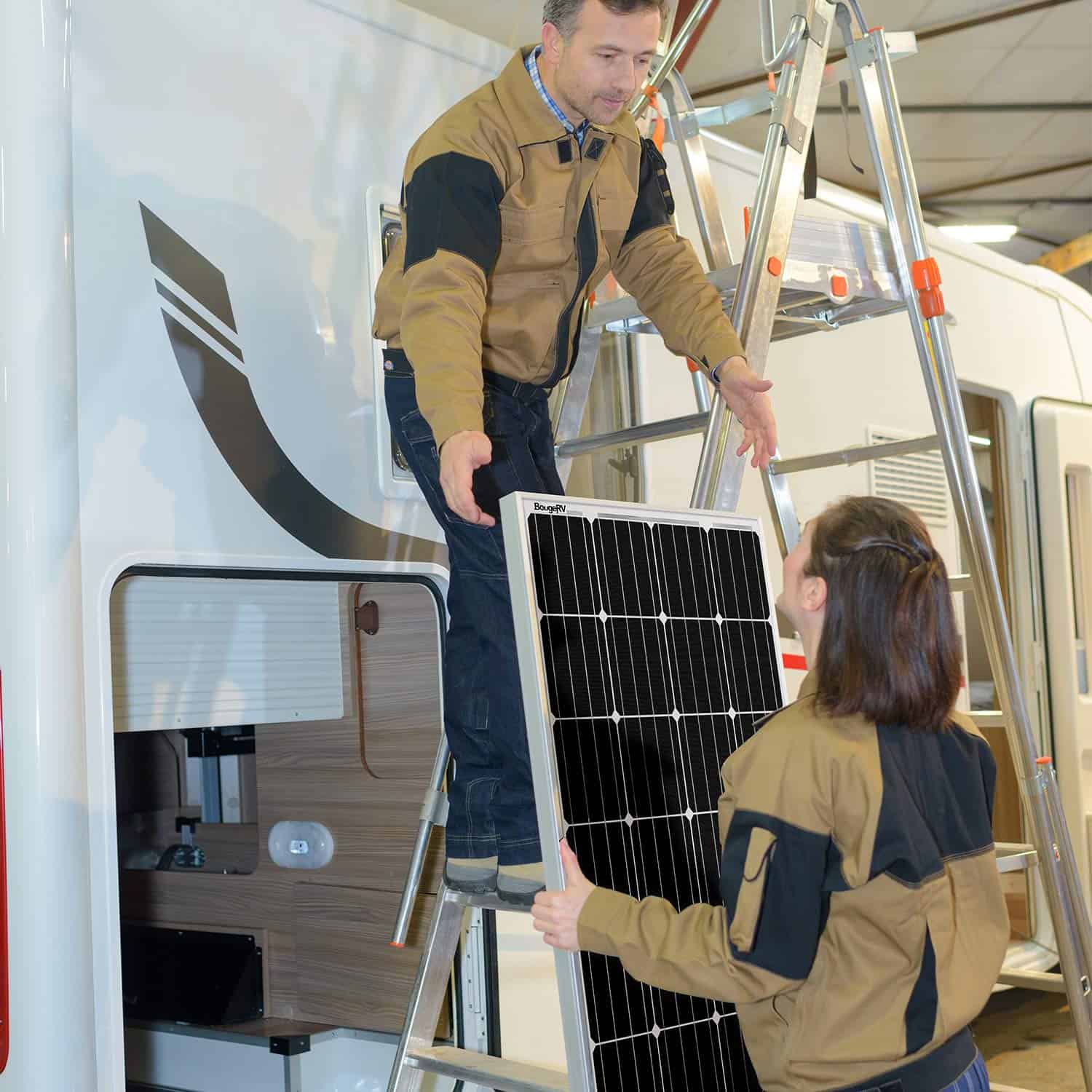











![Best Solar Panels in [year] ([month] Reviews) 11 Best Solar Panels in 2026 (January Reviews)](https://www.gadgetreview.dev/wp-content/uploads/best-solar-panels-image.jpg)
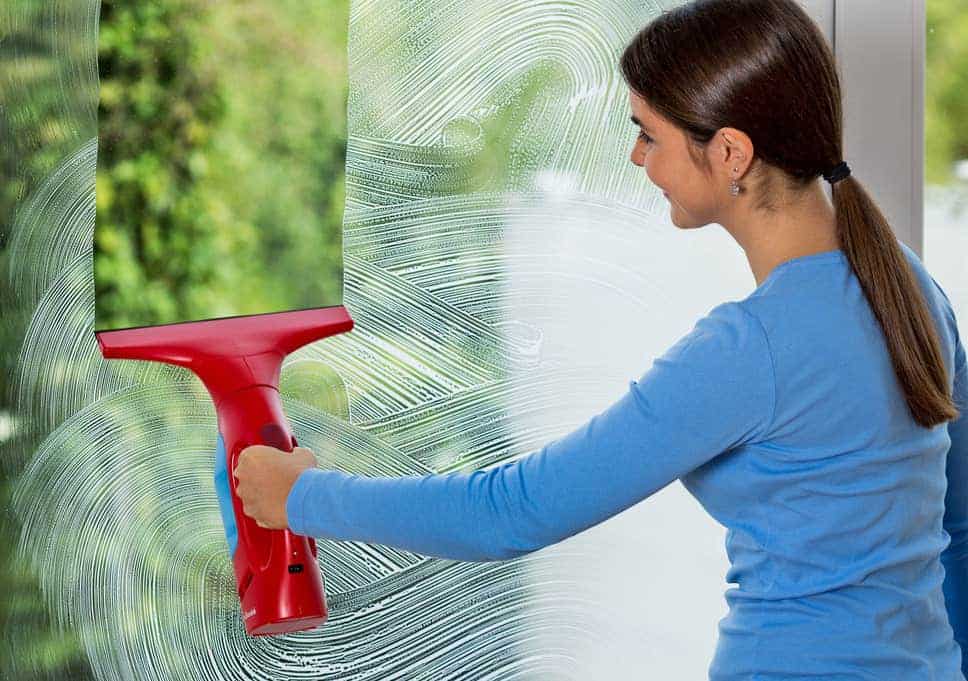
![4 Best Robotic Window Cleaners in [year] 14 4 Best Robotic Window Cleaners in 2026](https://www.gadgetreview.dev/wp-content/uploads/best-robotic-window-cleaners.jpg)
![7 Best Stainless Steel Cleaners in [year] 15 7 Best Stainless Steel Cleaners in 2026](https://www.gadgetreview.dev/wp-content/uploads/best-stainless-steel-cleaner.png)
![7 Best Portable Closets in [year] 16 7 Best Portable Closets in 2026](https://www.gadgetreview.dev/wp-content/uploads/best-portable-closet.jpg)
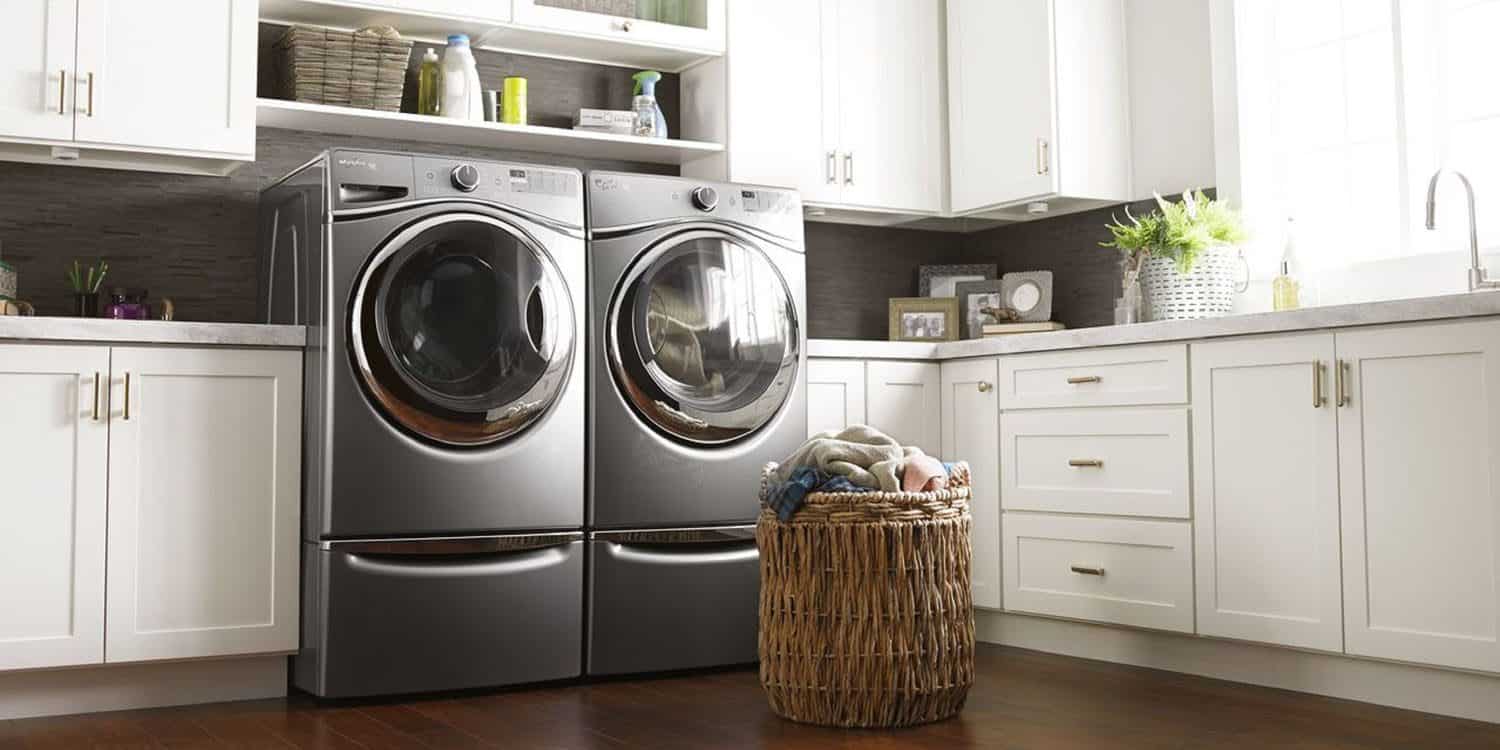
![6 Best Speaker Shelfs to Enhance Your System in [year] 18 6 Best Speaker Shelfs to Enhance Your System in 2026](https://www.gadgetreview.dev/wp-content/uploads/best-speaker-shelf-to-enhance-your-system.jpg)
![7 Best Magnetic Screen Doors in [year] 19 7 Best Magnetic Screen Doors in 2026](https://www.gadgetreview.dev/wp-content/uploads/best-magnetic-screen-door.jpg)
![7 Best Floor Sweepers in [year] 20 7 Best Floor Sweepers in 2026](https://www.gadgetreview.dev/wp-content/uploads/best-floor-and-carpet-sweeper.jpg)
![7 Best Door Stops in [year] 21 7 Best Door Stops in 2026](https://www.gadgetreview.dev/wp-content/uploads/best-door-stop.jpg)
![7 Best Dusters for Your Blinds and Ceiling Fans in [year] 22 7 Best Dusters for Your Blinds and Ceiling Fans in 2026](https://www.gadgetreview.dev/wp-content/uploads/best-duster-for-your-blinds-and-ceiling-fan.jpg)
![6 Best Shadow Box Frames in [year] 23 6 Best Shadow Box Frames in 2026](https://www.gadgetreview.dev/wp-content/uploads/best-shadow-box-frame.jpeg)
![7 Best Dripless Taper Candles in [year] 24 7 Best Dripless Taper Candles in 2026](https://www.gadgetreview.dev/wp-content/uploads/best-dripless-taper-candles.jpg)
![7 Best Furniture Repair Markers in [year] 25 7 Best Furniture Repair Markers in 2026](https://www.gadgetreview.dev/wp-content/uploads/best-furniture-repair-markers.jpg)
![4 Best Overhead Garage Storage in [year] 26 4 Best Overhead Garage Storage in 2026](https://www.gadgetreview.dev/wp-content/uploads/best-overhead-garage-storage-racks.jpg)
![7 Best Super Glues in [year] 27 7 Best Super Glues in 2026](https://www.gadgetreview.dev/wp-content/uploads/best-super-glues.jpg)
![7 Best Window Film for Day and Night Privacy in [year] 28 7 Best Window Film for Day and Night Privacy in 2026](https://www.gadgetreview.dev/wp-content/uploads/best-privacy-window-film.jpg)
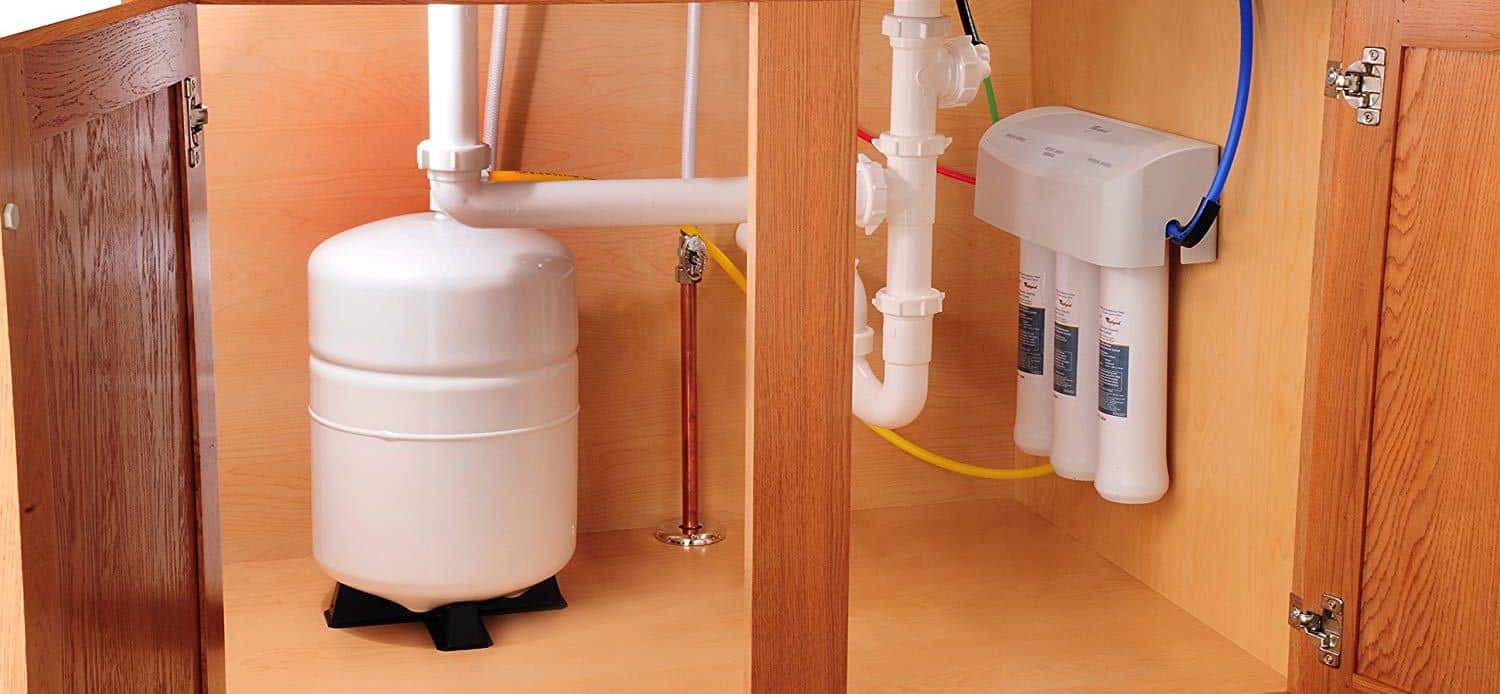
![6 Best Electric Water Coolers in [year] 30 6 Best Electric Water Coolers in 2026](https://www.gadgetreview.dev/wp-content/uploads/best-electric-water-cooler.jpg)
